Dive into the fascinating journey of the Seawise Giant ship, an epitome of maritime marvels.
This guide unveils its colossal presence in the world’s waters, exploring its inception, triumphs, and enduring legacy. Join us as we navigate through the chapters of the largest ship ever built, a true giant of the seas that left an indelible mark in maritime history.

Seawise Giant at the shore (Image: marinetraffic.com)
Historical Background
The Seawise Giant, an unparalleled leviathan of the seas, stands as a testament to human engineering and maritime ambition.
This section delves into the historical background of this colossal vessel, tracing its roots from conception to its early years on the high seas.
Development and Construction
The story of the Seawise Giant begins in the 1970s, a time when the demand for ultra-large crude carriers (ULCCs) was on the rise.
Conceived by Greek shipping magnate Stavros Niarchos, the ship was initially named ‘Oppama’ and was constructed by Sumitomo Heavy Industries, Ltd. at their shipyard in Yokosuka, Japan.
Its construction began in 1974, and it was launched two years later, in 1976. However, due to a downturn in the shipping market, the nearly completed vessel was put up for sale.

In 1979, the ship was bought by Hong Kong-based shipping magnate C.Y. Tung, who envisioned creating the largest ship in the world.
Renamed ‘Seawise Giant’, the ship underwent significant modifications and enhancements. These included lengthening the vessel and increasing its carrying capacity.
The completed Seawise Giant was a marvel of maritime engineering, with dimensions and tonnage that surpassed any existing vessel.
The Vision Behind Its Creation
The Seawise Giant was more than just a ship; it was a bold statement in the world of maritime transport.
The vision behind its creation was to revolutionize the transportation of crude oil, making it more efficient and cost-effective.
At the time of its completion, it was the largest moving man-made object on the planet, a symbol of the advancements in shipbuilding and naval architecture.

Launch and Early Years
After its completion and modifications, the Seawise Giant embarked on its maiden voyage in 1979. Its sheer size and capacity made it an instant icon in the shipping world.
The vessel’s immense size, however, also meant that it could not navigate the Suez or Panama canal and was even too large for the English Channel. Despite these limitations, the Seawise Giant quickly became a crucial player in the global oil trade, transporting vast quantities of crude oil across long distances.
The early years of the Seawise Giant were marked by its efficiency and reliability. Its massive size allowed it to carry up to 564,763 deadweight tonnes, making it not only the largest ship by length but also by carrying capacity.
This capacity enabled economies of scale previously unseen in the shipping industry, reducing the cost per barrel of oil transported and significantly impacting global oil markets.
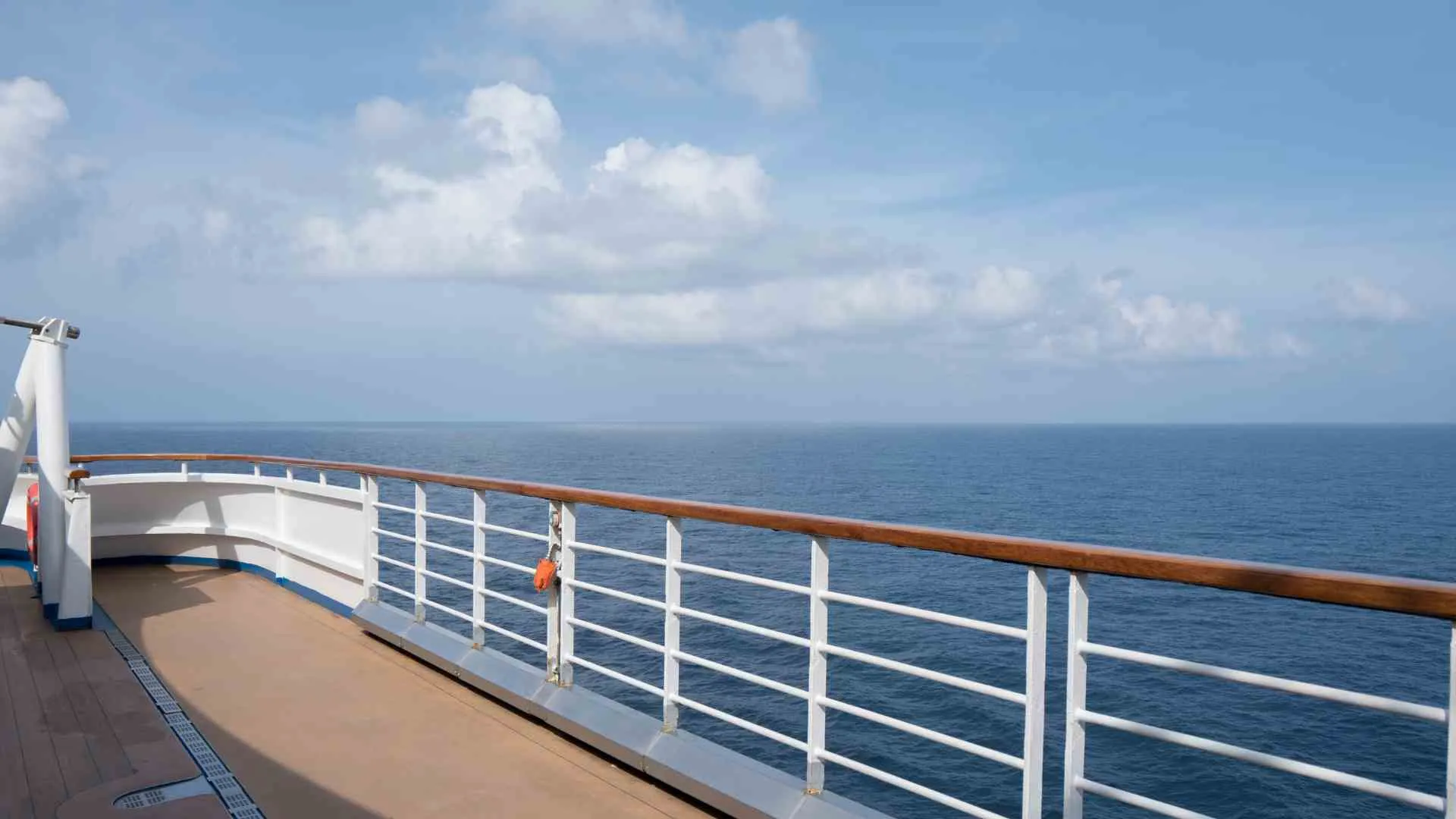
Design and Specifications
The Seawise Giant was not just notable for its immense size; it was also a marvel of engineering and design.
This section explores the unique aspects of its construction that enabled it to become the largest ship ever built, setting new standards in naval architecture.
Dimensions and Capacity
The Seawise Giant measured an astounding 458.45 meters (1,504.10 feet) in length (much longer than a cruise ship’s length) and had a beam (width) of 68.8 meters (225.72 feet).
This colossal size surpassed any vessel afloat, earning it the title of the largest ship in terms of both length and tonnage. Its draft, the vertical distance between the waterline and the bottom of the hull, was approximately 24.6 meters (80.7 feet), which restricted its access to many ports.
In terms of carrying capacity, the Seawise Giant had a gross tonnage of 260,941 GT and a deadweight tonnage of 564,763 DWT. This immense capacity allowed it to transport approximately 4.1 million barrels of crude oil in a single voyage, dwarfing other tankers in service.

Engineering and Technological Advancements
The ship’s design was a feat of engineering. It was equipped with a single rudder and a set of propellers that were among the largest ever made, each blade measuring over 10 meters in length.
The Seawise Giant’s engine room housed a 50,000 horsepower engine, which propelled the ship at a maximum speed of 16.5 knots. Despite its massive size, the ship was known for its surprisingly efficient fuel consumption and maneuverability.
The hull design was another aspect where the Seawise Giant stood out. It was constructed with a double-hulled design, offering an added layer of protection against spills and structural damage.
This design later became a standard in tanker construction, influenced greatly by the lessons learned from the Seawise Giant and other large tankers of its era.
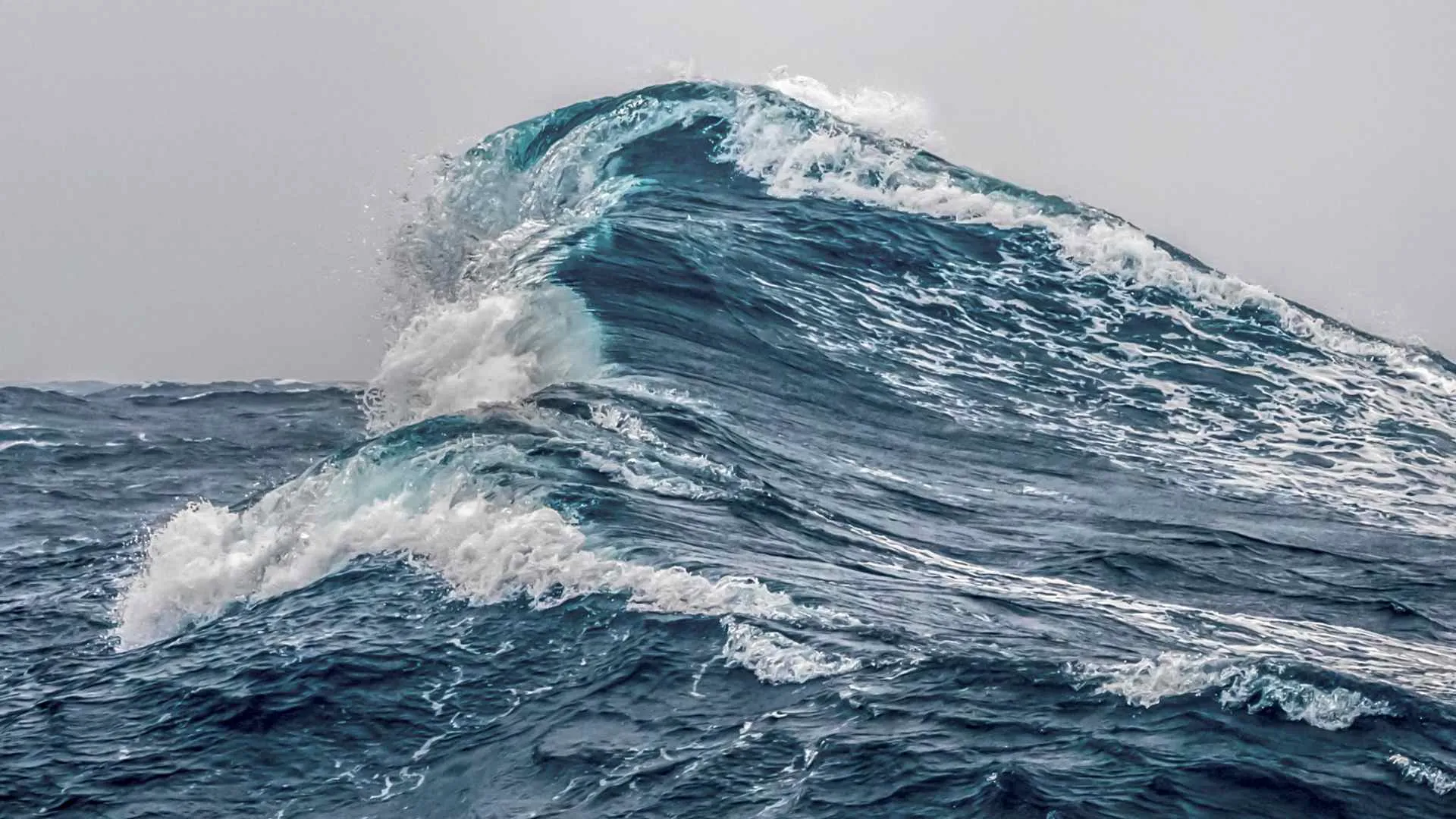
Unique Design Features
One of the most distinctive features of the Seawise Giant was its ability to withstand harsh maritime conditions. It was built with a robust structure, enabling it to navigate through ice-infested waters.
Additionally, its size and construction allowed it to withstand rough seas and adverse weather conditions better than smaller vessels.
The ship also featured an array of safety and navigational equipment, including radar, satellite navigation, and communication systems, which were state-of-the-art at the time.
Its vast size required advanced navigation techniques, and the crew responsible for operating the Seawise Giant were highly skilled professionals.
The design and specifications of the Seawise Giant not only exemplified the pinnacle of maritime engineering of its time but also set new benchmarks for future shipbuilding.

Operational History
The operational history of the Seawise Giant is as fascinating as its construction.
This section highlights the ship’s major voyages, its significant role in global trade, and its involvement in notable historical events.
Major Voyages and Routes
Due to its unprecedented size, the Seawise Giant was primarily used for long-haul voyages, transporting crude oil between the Middle East and the United States, as well as to other parts of the world.
Its typical route involved traversing around the Cape of Good Hope, as its size precluded passage through major canals like the Suez and Panama.
The ship’s immense capacity meant that it significantly influenced the economics of oil transportation, capable of delivering vast quantities of oil in a single trip.
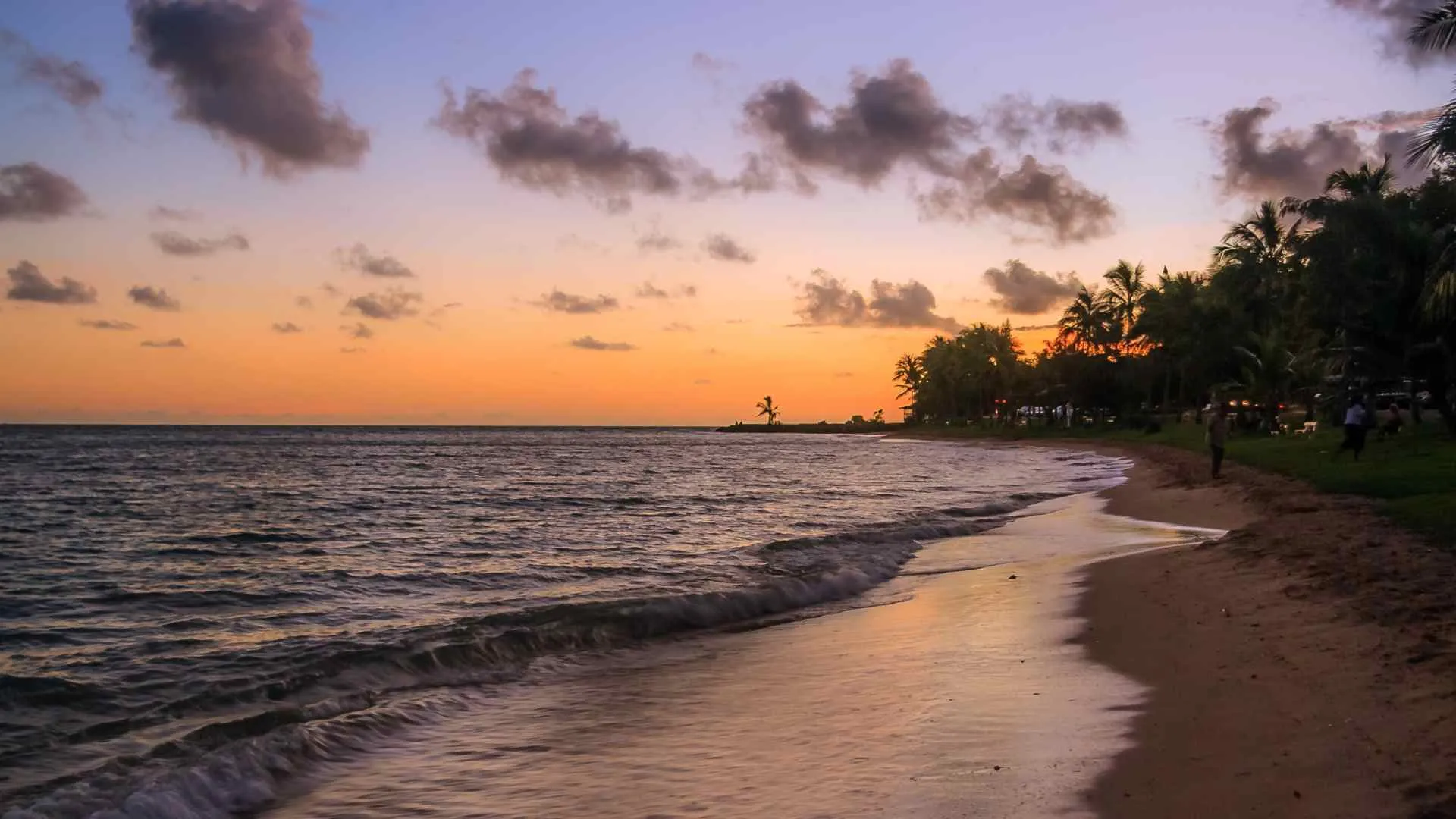
Role in Global Trade and Economy
The Seawise Giant played a crucial role in the global oil trade during its operational years. Its ability to transport such large quantities of oil single-handedly impacted the global oil markets.
By reducing the cost per barrel of transported oil, it contributed to the efficiency of the oil supply chain, making it a key asset in the energy sector.
The ship’s operations were closely tied to the fluctuations in the global oil market, often reflecting the economic and political dynamics of the time.

Involvement in Conflicts and Notable Incidents
One of the most significant events in the Seawise Giant’s history occurred during the Iran-Iraq War in the 1980s.
In 1988, while anchored near Iran’s Larak Island, the ship was attacked and heavily damaged by Iraqi fighter jets. The attack left the vessel ablaze, and it sank in shallow waters. This incident marked a turning point in the ship’s history, as it was considered a total loss.
However, in a remarkable turn of events, the wreck was salvaged and the ship was eventually repaired and returned to service. This resurrection from near destruction added a new chapter to the vessel’s storied existence.
The Seawise Giant, renamed several times after this incident, continued to operate under different names, including the Happy Giant, Jahre Viking, and finally, the Knock Nevis.

Ownership and Management
Over its operational lifespan, the Seawise Giant saw several changes in ownership and management, each bringing its own influence on the vessel’s journey. This section examines these transitions and their impacts on the ship.
Changes in Ownership Over the Years
After its initial construction and sale, the Seawise Giant was acquired by C.Y. Tung, who transformed it into the largest ship afloat. Following the attack in 1988 and subsequent salvage, the ship was sold to Norman International.
The change in ownership marked a new beginning for the vessel, as it was repaired and re-entered service under the name Happy Giant.
In 1991, the ship was purchased by the Norwegian shipping company Jørgen Jahre, and it was renamed Jahre Viking. Under Jahre’s ownership, the ship mainly operated between the Middle East and the United States, continuing its role in the global oil trade.
The final name change occurred in 2004 when the vessel was bought by First Olsen Tankers and renamed Knock Nevis. This period marked the twilight years of the ship’s operational life, serving primarily as a floating storage and offloading unit (FSO).

Management Style and Operational Strategies
Each owner brought different management styles and operational strategies. Under Norman International and Jørgen Jahre, the ship saw improvements in operational efficiency and safety protocols.
The focus was on maximizing the economic potential of the vessel while ensuring compliance with evolving maritime regulations and standards.
As the Knock Nevis, under First Olsen Tankers, the ship’s role transitioned more towards a stationary role, reflecting the changing dynamics in the oil industry and the practical limitations imposed by the ship’s size on regular commercial routes.
Impact of Ownership Changes on the Vessel’s Operation
The changes in ownership and management had significant impacts on the Seawise Giant’s operations.
Each phase of ownership saw the vessel adapting to the changing needs of the global oil market and the maritime industry. Whether as an active ULCC or a floating storage unit, the ship continued to play a crucial role in the oil sector, adapting to its evolving landscape.
The Seawise Giant’s journey through different owners and roles paints a vivid picture of the maritime industry’s dynamics over the decades.
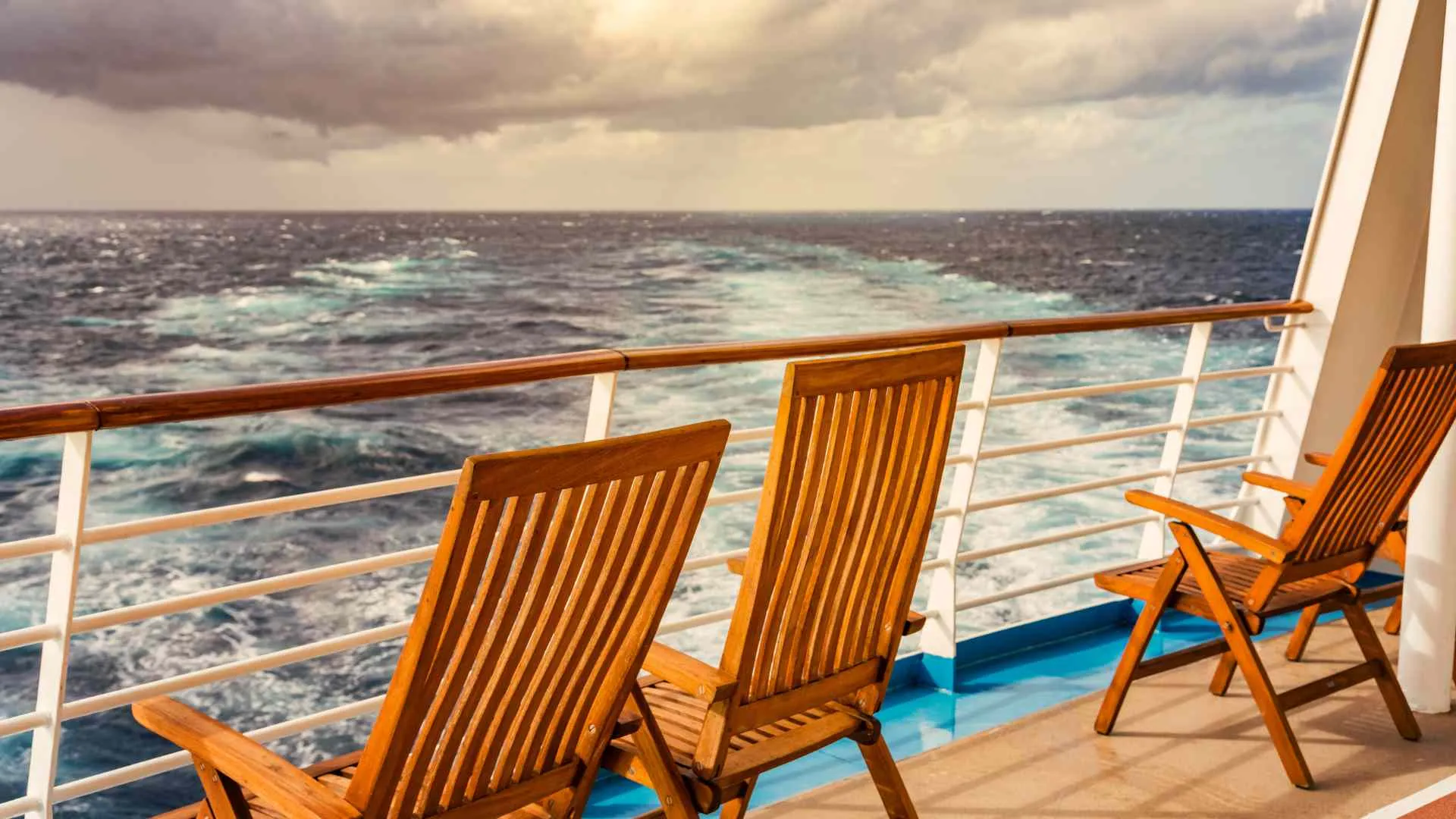
The Seawise Giant in Popular Culture
The Seawise Giant, with its impressive size and storied history, captured public imagination and secured a place in popular culture.
This section explores the vessel’s appearances in media, its influence on public perception, and comparisons with other legendary ships.
Appearances in Media and Literature
The Seawise Giant’s remarkable story has been featured in various forms of media, including documentaries, television specials, and books.
Documentaries often highlighted its sheer size and engineering marvel, while books and articles delved into its historical journey, including its construction, operational years, and the dramatic incident during the Iran-Iraq War.
The ship’s resurrection from a wartime wreck to a fully operational vessel again captured the fascination of both maritime enthusiasts and the general public.
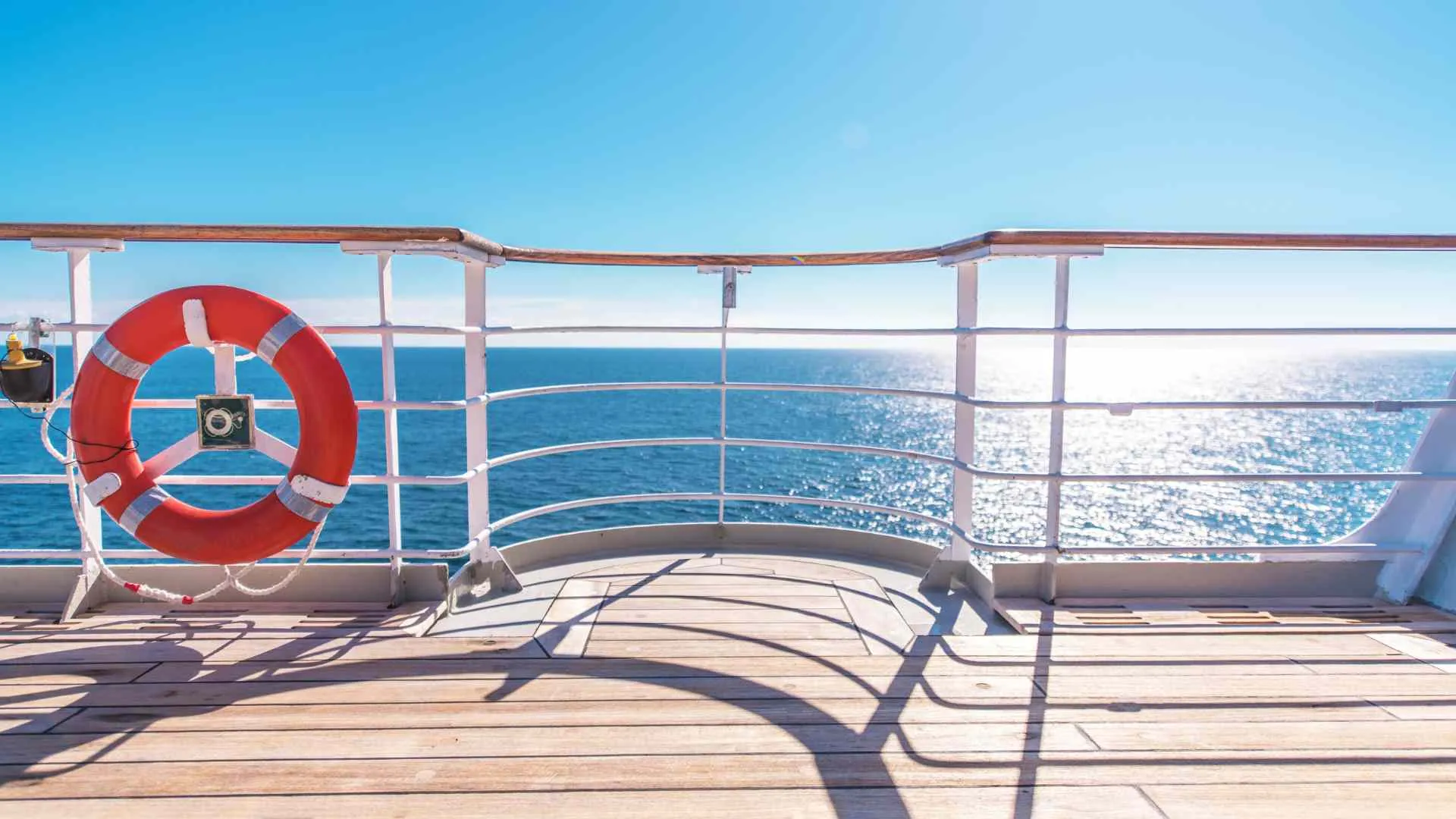
Public Perception and Influence
The Seawise Giant became synonymous with the pinnacle of human engineering in shipbuilding. For many, it represented the limits of what could be achieved in terms of size and capacity in maritime transport.
Its story, especially the dramatic survival and repair after being sunk, added a layer of resilience and triumph to its legend, endearing it further to the public.
The vessel also became a benchmark for comparing large ships. Its name was often referenced when discussing large maritime constructions, serving as a metaphor for the ultimate in size and capacity.
Comparisons with Other Legendary Ships
In popular discussions and comparative studies, the Seawise Giant was often contrasted with other iconic ships like the RMS Titanic, the Queen Mary 2, and the USS Enterprise.
While these ships differed in purpose and design, comparisons typically focused on their size, technological advancements, and their respective impacts on maritime history.
The Seawise Giant, however, stood out due to its primary role as a commercial vessel, unlike the Titanic or Queen Mary 2, which were passenger liners. Its comparison with naval vessels like the USS Enterprise highlighted the differences between commercial and military maritime engineering.
In summary, the Seawise Giant’s role in popular culture extended beyond its physical attributes, influencing perceptions of maritime achievement and becoming a symbol of human ingenuity and resilience.

Challenges and Controversies
The journey of the Seawise Giant, while marked by feats of engineering and maritime prowess, was not without its challenges and controversies.
This section delves into the environmental impact, navigational challenges, and the controversies that surrounded this colossal vessel.
Environmental Impact and Concerns
The environmental impact of the Seawise Giant was a topic of discussion throughout its operational life. Its massive oil carrying capacity meant that any accident could potentially lead to a catastrophic oil spill, posing a significant threat to marine ecosystems.
The ship’s size and the amount of fuel it consumed also raised concerns about its carbon footprint and the broader environmental implications of such mega vessels in the shipping industry.

The sheer size of the Seawise Giant posed unique navigational challenges. Its deep draft limited the ports it could access, requiring careful planning for each voyage.
The vessel was unable to traverse major canals like the Suez and Panama, necessitating longer routes that impacted its operational flexibility.
Maneuvering such a large vessel, particularly in narrow or congested waterways, required exceptional skill and precision.
The ship’s slow response to steering and braking actions necessitated advanced planning for every maneuver, making its operation a complex task that demanded experienced and skilled crew.
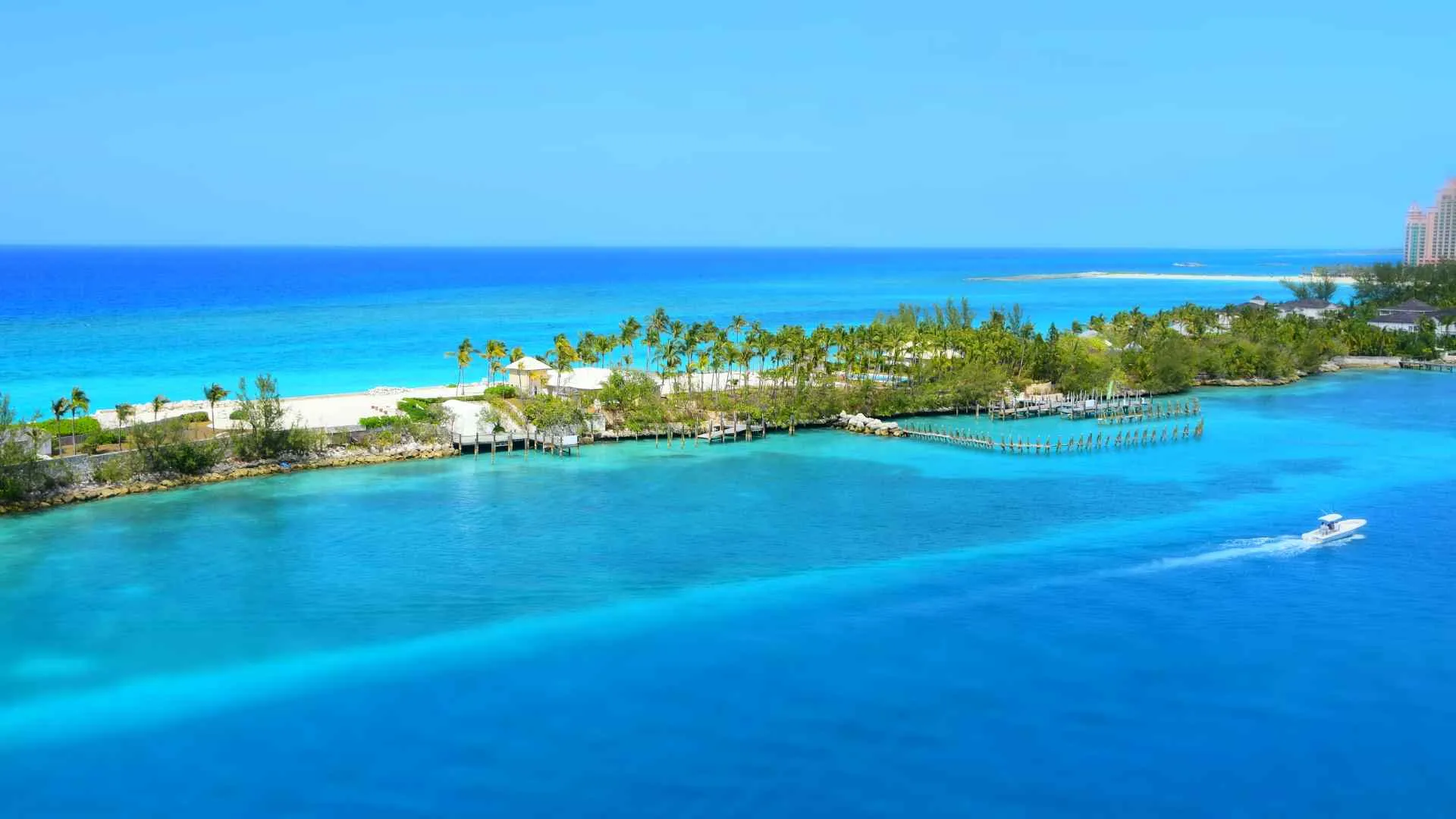
Controversies and Legal Issues
Throughout its history, the Seawise Giant was involved in a few controversies, the most notable being its destruction during the Iran-Iraq War.
The attack on a civilian vessel in international waters raised significant legal and ethical questions, contributing to the ongoing debate about the rules of engagement in warfare and the protection of non-combatant commercial ships.
Additionally, the vessel’s ownership changes and its usage in different capacities occasionally brought it into the spotlight, raising questions about the legal and regulatory frameworks governing super-sized vessels and their operations in international waters.
The challenges and controversies surrounding the Seawise Giant provide insight into the complexities of operating mega vessels and the broader implications for maritime law, environmental policy, and global shipping practices.
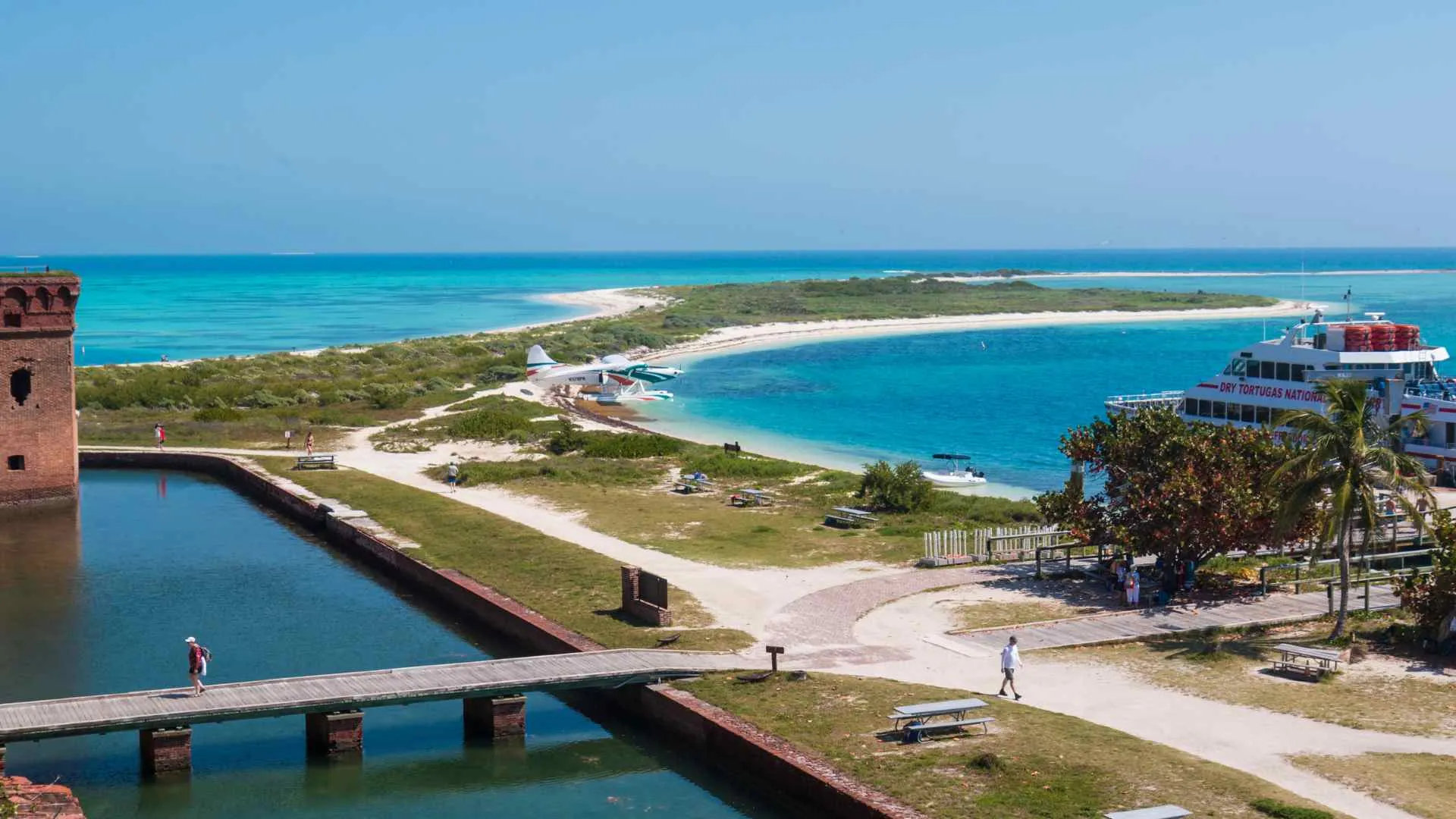
The Sinking and Aftermath
The Seawise Giant’s story took a dramatic turn when it was struck and sunk during the Iran-Iraq War, leading to a significant chapter in its history.
This section covers the circumstances of its sinking, the immediate and long-term repercussions, and the extensive salvage operations that followed.
Circumstances Leading to the Sinking
In May 1988, while anchored near Iran’s Larak Island, the Seawise Giant became a casualty of the Iran-Iraq War.
The ship was attacked and struck by Iraqi fighter jets, causing it to catch fire and eventually sink in shallow waters. This event was significant not only because of the ship’s size but also due to the geopolitical tensions it underscored.

Immediate and Long-Term Repercussions
The immediate aftermath of the attack saw the Seawise Giant partially submerged, with its superstructure and deck underwater. The sinking of the world’s largest ship made headlines globally, highlighting the vulnerabilities of civilian vessels in conflict zones.
In the longer term, the incident raised questions about maritime safety and the protection of merchant vessels during wartime.
It also had implications for the global oil market, temporarily disrupting the transport of crude oil and highlighting the strategic importance of such mega carriers.
Salvage Operations and Restoration Efforts
The salvage and restoration of the Seawise Giant were as remarkable as its initial construction. The Norwegian company Norman International took on the daunting task of salvaging the ship.
The operation was one of the largest of its kind, involving refloating the sunken vessel, which was an engineering feat in itself.
After being refloated, the ship underwent extensive repairs and refurbishments, which took place at the Keppel Shipyard in Singapore. Remarkably, the Seawise Giant returned to service in 1991, renamed the Happy Giant.
This resurrection was a testament to the ship’s robust design and construction, as well as the skills and determination of those involved in its salvage and repair.
The Seawise Giant’s sinking, salvage, and restoration stand as a unique episode in maritime history, reflecting the resilience of human engineering and the unpredictable nature of operating in global conflict zones.
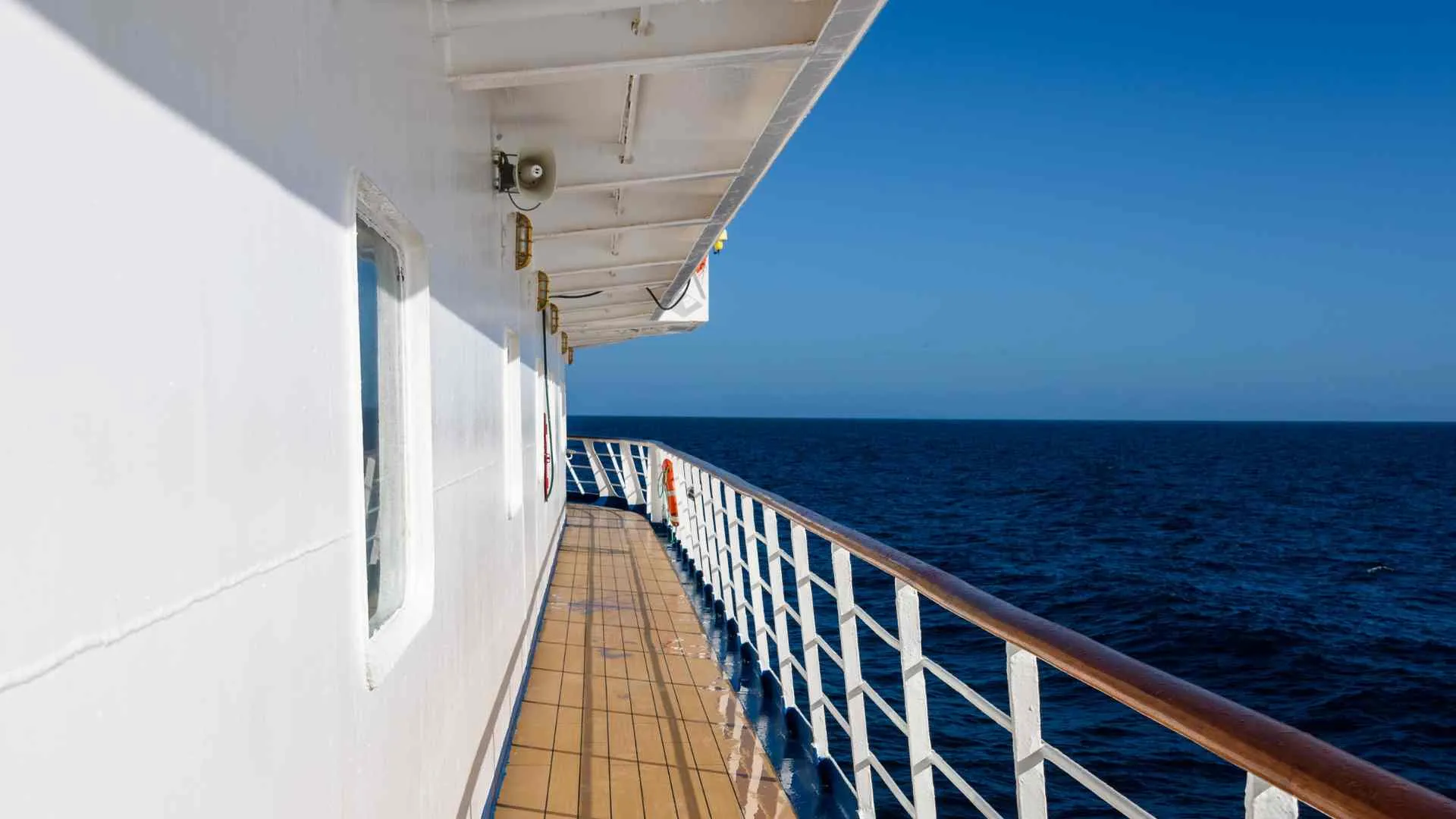
Legacy and Influence
The Seawise Giant’s journey through the decades not only set records but also left a lasting legacy in the world of maritime transport.
This section explores the vessel’s influence on shipbuilding, its place in maritime lore, and the lessons it imparted for future maritime policies.
Influence on Shipbuilding and Maritime Design
The Seawise Giant pushed the boundaries of what was possible in shipbuilding, influencing the design and construction of future vessels.
Its sheer size and capacity set new standards for ultra-large crude carriers (ULCCs) and influenced the development of mega-ships in other sectors, such as container shipping.
The ship’s double-hulled design, which was ahead of its time, became a standard feature in tanker construction, particularly after the Exxon Valdez oil spill in 1989 emphasized the importance of such designs for environmental protection.
The Seawise Giant’s Place in Maritime Lore
The Seawise Giant occupies a special place in maritime history. Its story, from being the largest ship ever built to its dramatic sinking and subsequent resurrection, has fascinated maritime enthusiasts and the general public alike.
The vessel’s name, along with its various incarnations, has become synonymous with the epitome of maritime engineering.
It serves as a benchmark against which other large ships are often compared and remains a subject of study and admiration in maritime circles.
Lessons Learned and Impact on Future Maritime Policies
The operational and navigational challenges faced by the Seawise Giant provided valuable lessons for the maritime industry.
Its story highlighted the need for improved safety standards, especially for large vessels, and contributed to discussions about maritime regulations and environmental protection.
The ship’s vulnerability during the Iran-Iraq War also underscored the importance of protecting civilian vessels in conflict zones, influencing policies related to maritime security and the rules of engagement in warfare.
In conclusion, the Seawise Giant was more than just a record-breaking ship; it was a symbol of human ambition and ingenuity in the field of maritime transport. Its legacy continues to influence shipbuilding, maritime policies, and the way the world views super-sized vessels.

Final Years and Decommissioning
The Seawise Giant’s extraordinary journey eventually came to an end, marking the final chapter in the life of this legendary vessel.
This section covers the decision to decommission, its final voyages, and the current status of this iconic ship.
Decision to Decommission
The decision to decommission the Seawise Giant was influenced by several factors. Advances in shipbuilding technology and changes in the global oil market had resulted in the development of more efficient and environmentally friendly vessels.
Additionally, the sheer size of the Seawise Giant, which was once its greatest asset, had become a limitation, as it restricted access to many ports and required special handling and routing.
Another factor contributing to the decision was the age of the vessel. By the early 2000s, the Seawise Giant, now known as the Knock Nevis, had been in service for over three decades, during which time it had undergone significant wear and tear.
The cost of maintaining and operating such a large, older vessel became increasingly impractical.
Final Voyages and Retirement
The Knock Nevis continued to serve as a floating storage and offloading unit (FSO) until its final decommissioning.
Its last operational role was in the Qatar Al Shaheen Oil Field in the Persian Gulf, where it remained anchored as a stationary facility. The ship’s final voyage was its journey to the shipbreaking yards.
In 2009, the decision was made to retire the Knock Nevis permanently. It embarked on its last journey to Alang, India, where ships are dismantled and recycled. This marked the end of an era for the Seawise Giant, as it was beached and dismantled in 2010.
Preservation Efforts and Current Status
Despite its dismantling, efforts have been made to preserve the memory and legacy of the Seawise Giant.
Maritime museums and historical societies have documented its story, ensuring that the lessons and achievements associated with this remarkable vessel continue to inspire and educate future generations.
Pieces of the ship, such as its anchor and other artifacts, have been preserved as reminders of its once-majestic presence.
In conclusion, the decommissioning of the Seawise Giant marked the end of its physical existence but not its impact. The ship remains an integral part of maritime history, remembered for its size, resilience, and the advancements it brought to the field of naval architecture and maritime transport.
Its story continues to be a source of fascination and inspiration, a testament to human ingenuity in the face of immense challenges.
FAQ Section on the Seawise Giant Ship
This comprehensive FAQ section aims to answer the most common and intriguing questions about the Seawise Giant, providing concise and informative responses to those curious about this legendary vessel.
Q1: What was the Seawise Giant?
A: The Seawise Giant was an Ultra Large Crude Carrier (ULCC), notable for being the largest ship ever built in terms of length and deadweight tonnage. It was constructed in the 1970s and remained operational until its decommissioning in 2009.
Q2: How big was the Seawise Giant?
A: The Seawise Giant measured approximately 458.45 meters (1,504.10 feet) in length, with a beam of 68.8 meters (225.72 feet), and a deadweight tonnage of 564,763 DWT. Its size made it the largest ship ever constructed.
Q3: Why was the Seawise Giant so significant?
A: The Seawise Giant was significant due to its unprecedented size, which set new standards in shipbuilding. It played a crucial role in the global oil trade and demonstrated exceptional resilience, notably being salvaged and restored to service after being sunk during the Iran-Iraq War.
Q4: Where was the Seawise Giant built?
A: The Seawise Giant was built by Sumitomo Heavy Industries, Ltd. at their shipyard in Yokosuka, Japan.
Q5: What happened to the Seawise Giant during the Iran-Iraq War?
A: During the Iran-Iraq War in 1988, the Seawise Giant was attacked and severely damaged by Iraqi fighter jets while anchored near Iran’s Larak Island. The ship caught fire, sank in shallow waters, and was initially deemed a total loss.
Q6: How was the Seawise Giant salvaged and restored?
A: After being sunk, the Seawise Giant was salvaged in a complex operation that involved refloating the vessel. It was then towed to a shipyard for extensive repairs and refurbishments, returning to service in 1991 under the name Happy Giant.
Q7: What were the different names of the Seawise Giant?
A: Over its lifetime, the Seawise Giant was renamed several times, including Happy Giant, Jahre Viking, and finally Knock Nevis.
Q8: Why was the Seawise Giant eventually decommissioned?
A: The Seawise Giant was decommissioned due to a combination of factors, including advancements in shipbuilding technology, changes in the global oil market, and the practical limitations of its size. The vessel’s age and the increasing cost of maintenance also contributed to the decision.
Q9: What happened to the Seawise Giant after decommissioning?
A: After decommissioning, the Seawise Giant was sold for scrap. In 2010, it was beached at Alang, India, where it was dismantled and recycled.
Q10: Can I visit any parts of the Seawise Giant today?
A: While the Seawise Giant itself was dismantled, some parts of the ship have been preserved as historical artifacts. For example, its anchor is displayed at the Hong Kong Maritime Museum. These preserved pieces offer a tangible connection to the ship’s storied past.
Q11: How fast could the Seawise Giant travel?
A: The Seawise Giant had a maximum speed of about 16.5 knots. Despite its massive size, the ship was equipped with a powerful engine and advanced navigational technology that enabled it to maintain a respectable speed for a vessel of its class.
Q12: Was the Seawise Giant able to pass through major canals like the Suez or Panama?
A: No, due to its extraordinary size, the Seawise Giant was unable to navigate through major canals such as the Suez or Panama. It had to take alternate routes, typically around the Cape of Good Hope, for its voyages.
Q13: What kind of cargo did the Seawise Giant carry?
A: The primary cargo of the Seawise Giant was crude oil. Its massive size and storage capacity made it ideal for transporting large quantities of oil across long distances.
Q14: How many crew members were required to operate the Seawise Giant?
A: The exact number varied, but typically, the Seawise Giant required a crew of about 40 people to operate. This included officers, engineers, and support staff, all of whom were highly trained to handle the complexities of operating such a large vessel.
Q15: What were the unique features of the Seawise Giant’s design?
A: The Seawise Giant featured a double-hulled design for added safety against oil spills, one of the largest rudders and propellers ever constructed for a ship, and state-of-the-art navigation and communication systems. Its robust design enabled it to withstand tough sea conditions.
Q16: How much oil could the Seawise Giant transport in a single voyage?
A: The Seawise Giant had the capacity to transport approximately 4.1 million barrels of crude oil in a single voyage, making it the largest oil tanker in terms of capacity.
Q17: Was the Seawise Giant involved in any environmental incidents?
A: While the Seawise Giant itself was not directly involved in any major environmental incidents, its potential for causing a significant oil spill if involved in an accident was a point of concern due to its large oil carrying capacity.
Q18: What was the lifespan of the Seawise Giant?
A: The Seawise Giant was launched in 1979 and was in service for over 30 years before being decommissioned in 2009.
Q19: How did the Seawise Giant influence modern shipbuilding?
A: The Seawise Giant influenced modern shipbuilding by pushing the boundaries of size and capacity. It demonstrated the feasibility and efficiency of ultra-large vessels, influencing the design of future large-scale transport ships, particularly in the crude oil and container shipping sectors.
Q20: Are there any ships today that surpass the Seawise Giant in size?
A: While there are now ships that surpass the Seawise Giant in terms of length or container capacity, such as some of the latest container ships, the Seawise Giant still holds the record for the largest ship by gross tonnage and deadweight tonnage.
